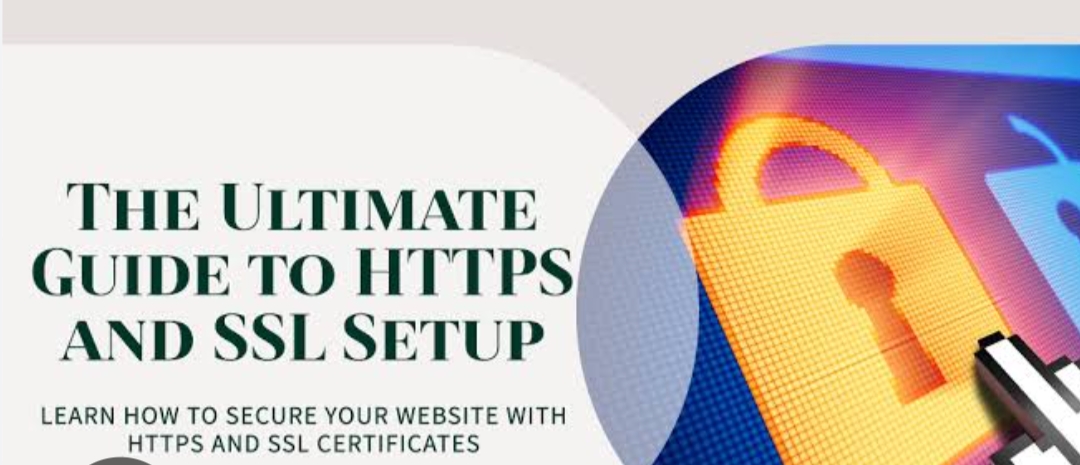In today’s digital landscape, the security of a website is not just a priority but a necessity. One of the cornerstone elements of web security is the SSL (Secure Sockets Layer) certificate, which encrypts the data exchanged between a web browser and a server, protecting it from interception or tampering. This guide aims to navigate you through the process of purchasing SSL certificate for your website, ensuring the safety of your users and the credibility of your site.
Understanding the Importance of SSL Certificates
SSL certificates serve a dual purpose: they encrypt data to ensure privacy and security for online transactions, and they verify the identity of the website to its visitors, building trust. This trust is visually represented by the padlock icon in the browser’s address bar, accompanied by the HTTPS protocol, signaling that the site is secure.
Types of SSL Certificates
Before making a purchase, it’s crucial to understand the different types of SSL certificates available, as they cater to various needs and levels of security:
- Domain Validated (DV) Certificates: The most basic and affordable type, suitable for small websites and blogs where transactions are not processed. Validation is quick and easy, requiring only proof of domain ownership.
- Organization Validated (OV) Certificates: Offering a higher level of security, OV certificates require additional validation to verify the legitimacy of the organization. This type is recommended for businesses and organizations.
- Extended Validation (EV) Certificates: The highest level of SSL certification available, providing the maximum amount of trust to visitors. The validation process for an EV certificate is more rigorous, including thorough checks of the organization’s existence, operation, and domain ownership.
Step-by-Step Guide to Purchasing an SSL Certificate
- Assess Your Needs: Consider the level of trust and security your website requires. For instance, an e-commerce site would benefit from an EV certificate, while a personal blog might only need a DV certificate.
- Choose a Reputable Certificate Authority (CA): Research and select a CA that is widely recognized and trusted by web browsers. Consider factors like price, customer support, and the ease of obtaining and renewing certificates.
- Generate a Certificate Signing Request (CSR): Before purchasing an SSL certificate, you will need to generate a CSR on your web server. This request contains your public key and vital information about your website and organization.
- Submit Your CSR and Choose Your SSL Certificate: Once you have your CSR, you can submit it to the CA and select the type of SSL certificate that best suits your needs.
- Validate Your Details: Depending on the type of certificate you’ve chosen, you may need to undergo a validation process. This could involve proving domain ownership for a DV certificate or providing business documentation for OV and EV certificates.
- Install Your SSL Certificate: After your application is approved, you will receive your SSL certificate, which you then need to install on your server. Many hosting providers offer assistance with this step.
- Verify the Installation: Once installed, verify that your SSL certificate is working correctly by checking for the padlock icon in the browser when accessing your site.
Also Read : Pi123
Conclusion
Purchasing the right SSL certificate is a critical step in establishing and maintaining the security and credibility of your website. By understanding the different types of certificates available and following a careful selection process, you can ensure that your site provides a secure environment for your users. Remember, the investment in an SSL certificate not only protects your site but also builds trust with your audience, a crucial component in the success of any online presence.
